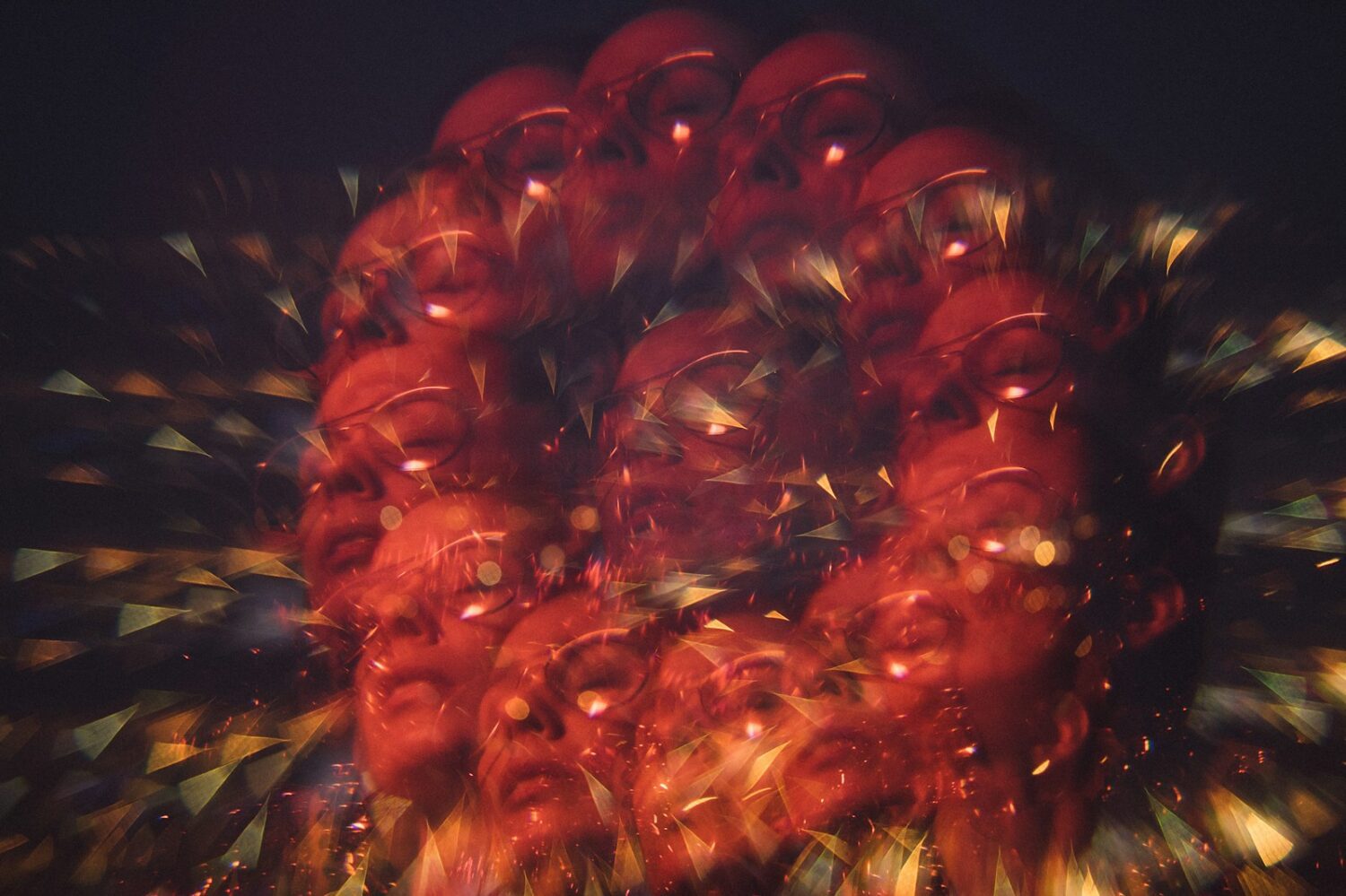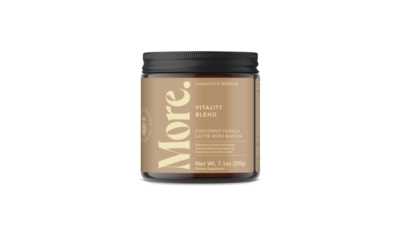Health & Society
EU treading Dangerous Waters: The Perils of Psychedelics in Therapeutic Use

The European Commission is getting ready to review citizens’ proposals and one controversial idea on the table is the ‘PsychedeliCare’ initiative that supports the exploration and implementation of psychedelic treatments for mental wellbeing issues. Advocates of this initiative highlight the advantages of using psychedelics in addressing mental health concerns; however it’s crucial to carefully assess the consequences of making these substances mainstream for therapeutic use, it already happened with way too many “pharma products” and end up being dangerous street drugs, as this is what they actually were from the beginning.
The Illusory Promise of Psychedelics
Supporters of this “therapies” frequently promote these substances as amazing remedies for profound mental health challenges like depression and anxiety disorders such as PTSD are regularly highlighted by them in support of their claims. However, these early research findings are willfully misinterpreted and exaggerated. The “positive outcomes” observed in limited research studies do not automatically translate to safety and effectiveness across wider and more varied demographic groups, often the contrary. Throughout history the fascination with a quick fix for mental health issues has often resulted in disappointment and harm, if not death.
A Lack of Comprehensive Understanding
The insufficient scientific knowledge about psychedelics raises concerns within the community as the intricate workings of the human brain remain a mystery when influenced by these substances. There are risks such as psychological distress and worsening of preexisting mental health conditions that make it unthinkable to integrate psychedelics into mainstream therapy practices at all. It is crucial to acknowledge the variations in individual experiences and biological compositions to prevent unintended harm rather than aiding in treatment efforts.
Regulatory and Ethical Concerns
The push for government endorsement of psychedelic therapies raises numerous ethical questions. Should substances with known psychoactive properties be part of mainstream health care? The regulatory environment surrounding these compounds is fraught with challenges, including ensuring quality control, standardizing dosages, and preventing misuse. With the legalization movements in various regions, the potential for recreational abuse expands, risking public health and safety.
Historical Context and Social Implications
Looking back, the late 1960s and early 1970s were marked by a psychedelic counterculture that resulted in societal turmoil and increased drug abuse. The legacy of this era still looms large; many young individuals romanticize psychedelic use without regarding the severe consequences that accompanied its earlier popularity, including addiction, mental health crises, and a societal disregard for safety protocols.
A Dangerous Precedent
By calling for a more prominent role for psychedelics in treatment protocols, the advocates of the ‘PsychedeliCare’ initiative may unintentionally set a dangerous precedent. Replacing established, evidence-based treatments with unproven psychedelic therapies could detract from the very real progress made in mental health care. It could shift focus away from holistic approaches that consider lifestyle, therapeutic counseling, and medication tailored to individual needs.
Conclusion
The debate surrounding the ‘PsychedeliCare’ initiative should prompt a vigilant and cautious examination of the implications of endorsing psychedelics as treatment options. While there is a critical need for innovative approaches in mental health care, rushing to embrace unproven therapies poses significant risks. It is paramount that we prioritize rigorous scientific scrutiny, ethical considerations, and the well-being of individuals over the allure of quick solutions. The only clear path forward is one grounded in proven therapies, comprehensive research, and unwavering commitment to public health.
Health & Society
Why chocolate should not be given to dogs

Chocolate is a favorite delicacy for people, but for cats and dogs it is a real poison, writes the magazine ” Sciences et Avenir” and explains why pets should not be “pampered” with chocolate under any circumstances.
For them, chocolate is toxic, because it is not properly absorbed by their body. This is due to the alkaloid theobromine, which is contained in cocoa and therefore in chocolate.
The substance becomes dangerous to health when large amounts of it are stored in the liver. About 12 grams of theobromine are contained in dark chocolate, twice as much in milk chocolate, and very small amounts in white chocolate.
Theobromine does not harm humans, as the human body manages to break it down quickly.
However, it takes 20 hours for dogs to get rid of this molecule. It can build up in their liver and cause poisoning if large amounts of chocolate are ingested at once.
Among the symptoms are vomiting, diarrhea, rapid pulse, convulsions.
The same is true for cats. However, they are less attracted to chocolate than dogs because they cannot taste sweets with their tongues, although there are exceptions.
In addition, pet obesity is the subject of a number of educational campaigns aimed at owners.
A court in North West England has banned a British man from keeping pets for the next 10 years because his Dalmatian became too fat. wrote the English tabloid “Sun” in November 2009.
40-year-old man John Green, a resident of Macclesfield in Cheshire, showed extreme irresponsibility towards his dog Barney and fed him chips and chocolate.
Thus, in just three months, it became several times fatter than normal for its breed and reached 70 kg.
Green was tipped off by alarmed, vigilant fellow citizens.
Animal control officials warned Green that his dog’s health was in danger and recommended that he be put on a diet.
However, he did not follow the recommendations and the dog continued to gain weight.
The Dalmatian was eventually removed from his owner’s home in June and put on a diet in a private kennel, where staff made sure he got enough exercise.
As a result, Barney, who is eight years old, lost 40 kg.
Green pleaded guilty to causing his dog unnecessary suffering, but the court found some mitigating circumstances because the man treated Barney more like a friend than a dog and did not realize he was harming him.
That’s why Green was only sentenced to 200 hours of community service and to pay £780 in costs.
Illustrative Photo by Glenn: https://www.pexels.com/photo/high-angle-photo-of-a-corgi-looking-upwards-2664417/
Health & Society
Russian Orthodox Church calls on mass culture to abandon ‘images promoting alcoholism’

On the occasion of the Day of Sobriety celebrated in the country today, the Russian Orthodox Church called on mass culture not to promote alcoholism, TASS reported.
The agency recalls that the All-Russian Day of Sobriety is celebrated on the initiative of the Russian Orthodox Church on September 11 to remind people of the harm caused by alcohol. On this day, in some parts of Russia, the sale of alcohol is limited or completely prohibited.
“The culture of attitude towards this is very important. There are many “nice jokes” about alcoholism in our everyday culture. There is nothing good about that. We know what the state of intoxication leads to. Those who deal with mass culture should make an effort that the image of the “dear drunkard” should still leave our mass culture,” said the head of the synodal department of the Moscow Patriarchate for Church Interaction on the sidelines of the St. Petersburg Forum of United Cultures with society and media Vladimir Legoida.
Asked whether it would be appropriate to ban or restrict the sale of alcohol across the country, he said “that would be wonderful”. “But it is important that people do this consciously, independently, not because someone is forcing them, and also that there is, as it is customary to say, a public consensus,” he stated.
Legoida noted that the category of “sobriety” is important for the church in general, which refers not only to abstinence from alcohol.
Meanwhile, during a press conference dedicated to the All-Russian Day of Sobriety, Russia’s Deputy Health Minister Oleg Salagai said that alcohol abuse can reduce a man’s life expectancy by six years and a woman by five years.
“The systemic measures that were adopted allowed us to really reduce alcohol consumption. Today, it can be confidently said that Russia is not one of the most drinking countries in the world,” said the deputy minister, who pointed out that in 2023 alcohol consumption in the country was about 8.4 liters per person, while at the beginning of the century the indicator was in double digits.
Illustrative Photo by EVG Kowalievska: https://www.pexels.com/photo/selective-focus-photography-of-assorted-brand-liquor-bottles-1128259/
Health & Society
Why does a glass of red wine cause a headache?

A glass of red wine causes a headache, which can be caused by a variety of factors, one of the main culprits being histamines. Histamines are natural compounds found in wine, and red wine, in particular, has higher levels than white wine. When consumed, histamines can cause allergic reactions in some people, leading to symptoms such as headaches.
Red wine gets its rich color and strong aroma from the grape skins that are in contact with the grape juice during the fermentation process. This prolonged contact results in a higher concentration of compounds, including histamines. Histamines are also found in grape skins and can be released during grape crushing and fermentation. In people sensitive to histamines, the body’s reaction to these compounds may include headaches.
In addition, red wine contains another substance known as tyramine. Tyramine is a naturally occurring amino acid that can cause blood vessels to constrict and then dilate, which can lead to headaches. Some people are more susceptible to the effects of tyramine and for them consumption of red wine can cause headaches. Another contributing factor to red wine headaches is the presence of sulfites. Sulfites are compounds commonly used as preservatives in wine. Although they occur naturally to some extent, winemakers often add additional sulfites to preserve wine freshness and prevent spoilage. Some people are sensitive to sulfites, and this sensitivity can manifest as headaches or migraines. Additionally, the alcohol content of red wine may also play a role in causing headaches. Alcohol is a diuretic, meaning it increases urine production, leading to dehydration. Dehydration can contribute to headaches, and when combined with other factors such as histamines and tyramine, it can increase the likelihood of a wine-induced headache.
It is important to note that individual reactions to red wine may vary. Factors such as genetics, general health, and personal sensitivities play a significant role in determining how someone reacts to the compounds found in red wine. For those who consistently experience headaches after consuming red wine, it may be beneficial to explore alternatives that are lower in histamine and sulfites or consult a health professional to determine specific triggers and find ways to alleviation of symptoms. Additionally, staying hydrated and drinking wine in moderation can help minimize the risk of headaches associated with red wine consumption.
Photo by Pixabay: https://www.pexels.com/photo/wine-tank-room-434311/
-

 EU & the World4 days ago
EU & the World4 days agoCan You Watch the 2024 VMAs on Paramount+? Where to Stream the Show
-

 EU & the World3 days ago
EU & the World3 days agoMicrosoft 365 Outages: Inside the Sudden Shutdown of Teams, Outlook & More
-

 EU & the World3 days ago
EU & the World3 days agoMTV VMAs 2024: Highlights & Craziest Moments
-

 EU & the World3 days ago
EU & the World3 days agoCardi B’s Kids: Meet the Rapper’s Three Children with Estranged Husband Offset
-

 EU & the World3 days ago
EU & the World3 days agoMore. Longevity & Wellbeing – Leading the Charge in the Wellness Industry
-

 EU & the World4 days ago
EU & the World4 days ago2024 VMAs Best New Artist Award Winner: Who Won the Video Music Award?
-

 Sports3 days ago
Sports3 days agoSerie A 2024-2025: Como-Bologna, the likely lineups
-

 Sports3 days ago
Sports3 days agoSerie A 2024-2025: Empoli-Juventus, the likely lineups





















